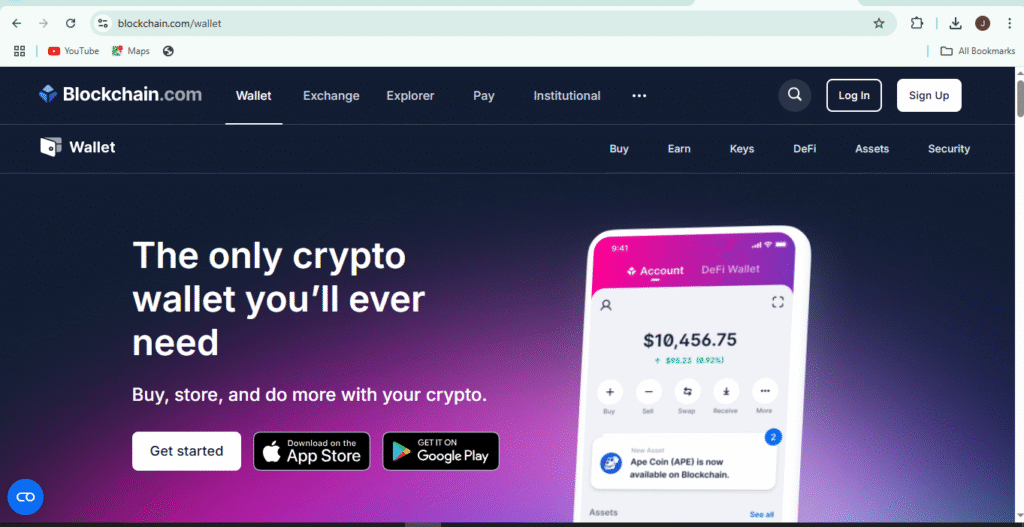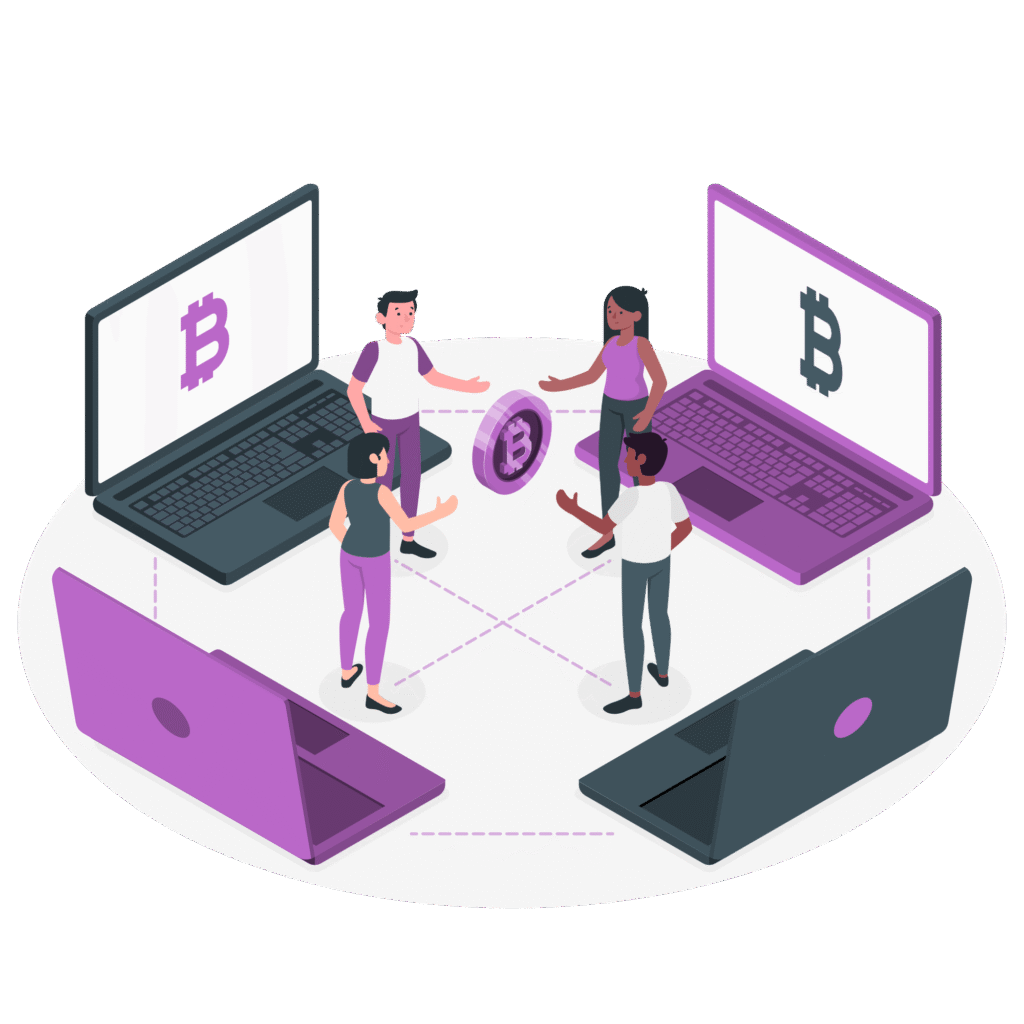Introduction
In today’s digital landscape, the term Blockchain is ubiquitous, appearing everywhere from finance and healthcare to gaming and real estate. But what is, and why is it important? If you’re a little confused about it, that’s ok! This beginner’s guide will describe This to you as simply as possible, how it works, and its relevancy in the year 2025 and beyond.
What Is Blockchain?
Blockchain is a type of digital ledger or database that provides a secure, transparent, and decentralized way to store information. Rather than having a single authority (like a bank or government), This is maintained through a network of computers (called nodes).
Each piece of data on the Blockchain is stored in a “block.” These blocks are then linked together, in chronological order, into a “chain” of information
Once data is placed into a block, it is impossible to change or delete that data (without changing every block that came before it). This allows for high integrity, security, and trust in the data kept in a blockchain.

How Blockchain Works (Step-by-Step)
Here’s a simple way to understand how this chain works:
1. A Transaction Is Made
Someone initiates a transaction, which may be cryptocurrency transactions, recording a contract or updating a medical record.
2. The Transaction Is Broadcast
This transaction is broadcast to a decentralized network of computers (nodes).
3. Verification Happens
Each node will validate the transaction using a process referred too as consensus.
4. A New Block Is Created
Once verified, the transaction is added to a new block along with any other validated transactions.
5. The Block Is Added to the Chain
The new block is connected to the previous block to form part of the chain and becomes permanent.
6. The Process Repeats
Each new transaction continues through the same process as all previous transactions, after every transaction is validated the chain continues to grow block by block.
Key Features of Blockchain
Let’s look at the core features that make this chain revolutionary:
1. Public Blockchain
Open to everyone Examples: Bitcoin, Ethereum Anyone is capable of participating, verifying transactions, and mining new blocks
2. Private Blockchain
Controlled by one organization Business will have there own private blockchain to use for there own internal business use When compared to public chains they are faster and more efficient
3. Consortium Blockchain
Semi-decentralized Non-profit or group of organizations that use this chain Particularly for areas like supply chain and banking.

Real-World Uses of Blockchain in 2025
This is is not just for cryptocurrency. It has many practical applications across different industries:
🔒 Financial Services
More efficient cross-border payments Trade assets securely More transparent loan processing
🚚 Supply Chain Management
Track products from producer to consumer Reduce counterfeit products Improve efficiencies
🏥 Healthcare
Securely store patient records Maintain data privacy Reduce fraudulent medical billing
🎮 Gaming and NFTs
Own and trade virtual items Create digital art and assets Create unique web3 games
🗳 Voting
Transparent and tamper-proof elections Secure online voting systems
Advantages of Blockchain
Here are the top reasons why companies and governments are embracing this chain:
- Improved Security
Data is encrypted and stored across multiple nodes. - Faster Transactions
Blockchain removes middlemen, reducing delays. - Reduced Costs
Less paperwork and fewer intermediaries save money. - Greater Transparency
Everything is recorded and visible on the public ledger. - Automation Through Smart Contracts
Agreements that execute themselves based on set rules.
Challenges of Blockchain
Despite its advantages, this chain still faces challenges:
❌ Scalability
As networks scale up, the system begins to slow down.
❌ Energy Use
Some chains networks, like Bitcoin, consume a lot of energy during the mining process.
❌ Regulation
The law surrounding chain is still being explored and is different in every country.
❌ Public Awareness
There are many people who still have no idea how this chain really works and how to use it.
Blockchain vs Traditional Databases
| Feature | Traditional Database | Blockchain |
|---|---|---|
| Control | Centralized | Decentralized |
| Security | Vulnerable to hacks | Extremely secure |
| Transparency | Limited | Full (on public chains) |
| Data Modification | Can be edited | Cannot be changed |
| Cost and Speed | More intermediaries involved | Fewer intermediaries, faster |
What Is a Smart Contract?
A Smart Contract is a program on a chain that operates when a pre-determined rule or condition is met. They are a way for a person to automate an exchange or transaction without the need of a third party.
For example:
If you are renting an apartment and your smart contract is programmed to receive payment, the contract has the ability to automatically send you the digital key as soon as it is notified that you have made the payment.
Smart Contracts are:
Fast
Secure
Transparent
Trustless
The Future of Blockchain in 2025 and Beyond
The adoption of this chain is growing fast in 2025. Here’s what the future may look like:
- More government use – for voting, public records, and IDs
- Green Blockchain tech – energy-efficient systems like Proof of Stake
- Blockchain in education – certifying degrees and achievements
- Web3 and the Metaverse – Blockchain will power decentralized apps and virtual worlds
As technology improves, Blockchain will become more scalable, user-friendly, and integrated into daily life.
Final Thoughts
This is not just a buzzword, it is a robust technology that is changing our world, in secure data sharing and in streamlining monetary transactions (not to mention the world has already seen its massive implications in cryptocurrency).
As a newcomer, learning about this chain basics allows you to understand the wider implications of where digital is going. From curious investors, to following tech trends, to the future of the internet, Blockchain should be on your radar.




